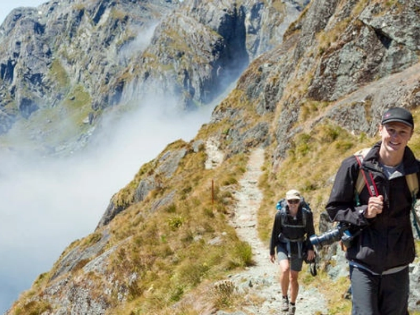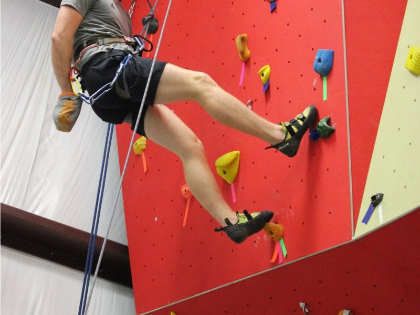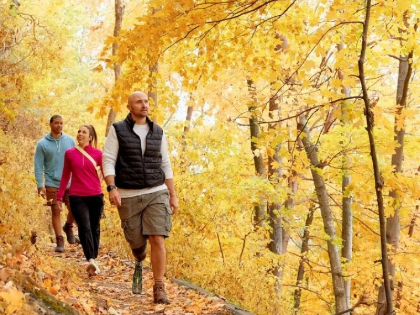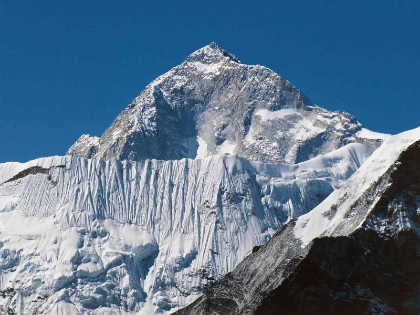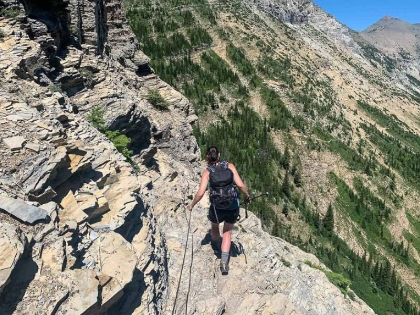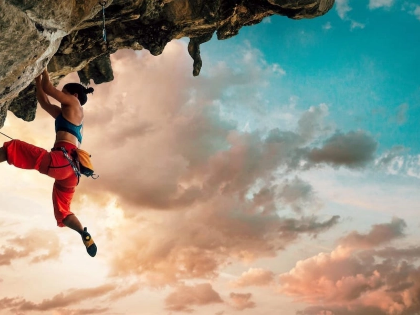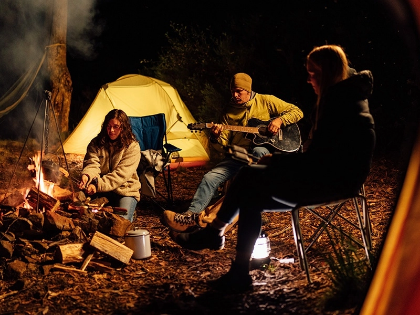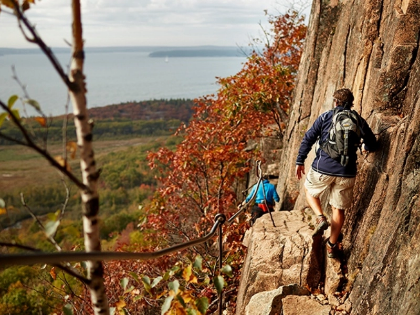Which Climb in the World Is the Scariest?
Climbing has seen some amazing accomplishments lately, from movies like Free Solo to free climbers like Alex Honnold. What, though, is the world's scariest climb?
Because of avalanches and falling rocks, the majestic peaks of Kangchenjunga in the Himalayas have a high fatality rate. It is also infamous for being extremely challenging to descend.
Annapurna

One of the most hazardous mountains to climb is Annapurna I, the tenth highest peak in the world. It's a frightening prospect with its sheer cliffs, narrow paths, and oxygen deficiency. Its hazardous ascent, erratic weather, and avalanche risk have claimed 72 lives in the past.
This mountain has many difficult features to navigate, including seracs, crevasses, and sharp ridges. Apart from the constant threat of avalanches, there's also always the risk of large chunks of ice and rocks.
Furthermore, you do not profit from Sherpas in this situation. This implies that you will need to carry everything you need to reach the summit, including food, tents, and other supplies, on your back. Because of this, the ascent is a drawn-out process requiring a great deal of mental and physical endurance. It is not shocking that fatigue and altitude sickness account for a large number of deaths on this summit.
Siula Grande
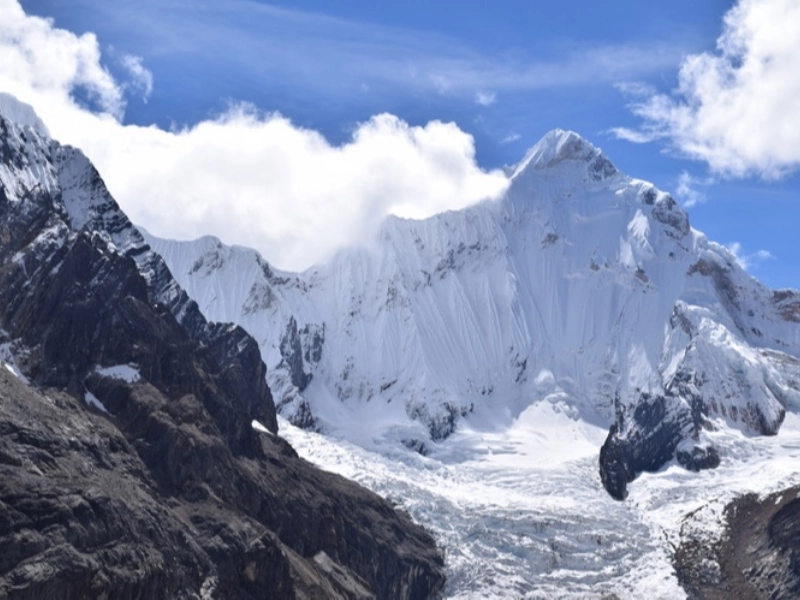
It takes a strong resolve to survive the terrifying adventure of climbing Siula Grande. There are several hazardous aspects on the top, such as avalanches and falling rocks. Summertime is the ideal time to climb it because of the cooler weather and decreased possibility of rain.
The East Pillar and SE Ridge of Siula Grande were climbed in 2016 by French alpinists Didier Jourdain and Max Bonniot. They stayed away from the most disgusting area of the Cordillera Huayhuash, which is the middle section of the face that has only been half climbed.
The first ascent of Siula Grande from its West Face was accomplished by British climbers Joe Simpson and Simon Yates in 1985. However, a sequence of circumstances left them stuck and in danger as they started to drop. Both the book and the movie Touching the Void tell their story. Simpson defied medical professionals' predictions that he would never walk again to become an inspirational speaker and author.
Nanga Parbat

Many experienced climbers have had nightmares about Nanga Parbat. Some of the world's most difficult and hazardous rock faces encircle it. Among these is the south face, also referred to as the Rupal face. This face is a mix of rock, ice, and snow. It is known as "killer mountain" because it has claimed the lives of numerous formidable climbers.
On July 3, 1953, Austrian Hermann Buhl became the first person to summit Nanga Parbat without the use of artificial oxygen after World War II. He ascended the peak by going over Rakhiot Peak on a ridge. His accomplishment will always be remembered as an incredible ascent.
In the indigenous Shina language, Nanga Parbat is also referred to as Diamir, which means "huge mountain." It is a difficult task that motivates adventurers to go beyond their comfort zones and take on exhilarating adventures. You will be compelled to explore the unknown, and your curiosity will be piqued by the majestic mountain. It also acts as a reminder of nature's strength.
Makalu

Situated on the boundary between Nepal and Tibet, barely 12 miles (19 km) southeast of Everest, Makalu is an eight-thousander and the world's fifth-highest peak. Because of its unpredictable steep slopes and rocky ridges, it is also one of the hardest to climb. Many courageous climbers have attempted solo ascents of Makalu despite its difficulties.
Crampon Point, where climbers put on their climbing gear before navigating a flat patch of ice pocked with crevasses, is 90 minutes' walk across a steep scree from the Barun Glacier, where climbers start their ascent. Subsequently, they relocate to Camp 1, situated above a plateau above the 200-meter headwall.
A 55-degree steep rock ridge can be reached from Camp 1 by ascending the west ridge through snow and ice. It is crucial to be in good physical shape for this portion of the trek because the final ascent to the top is lengthy and challenging.


